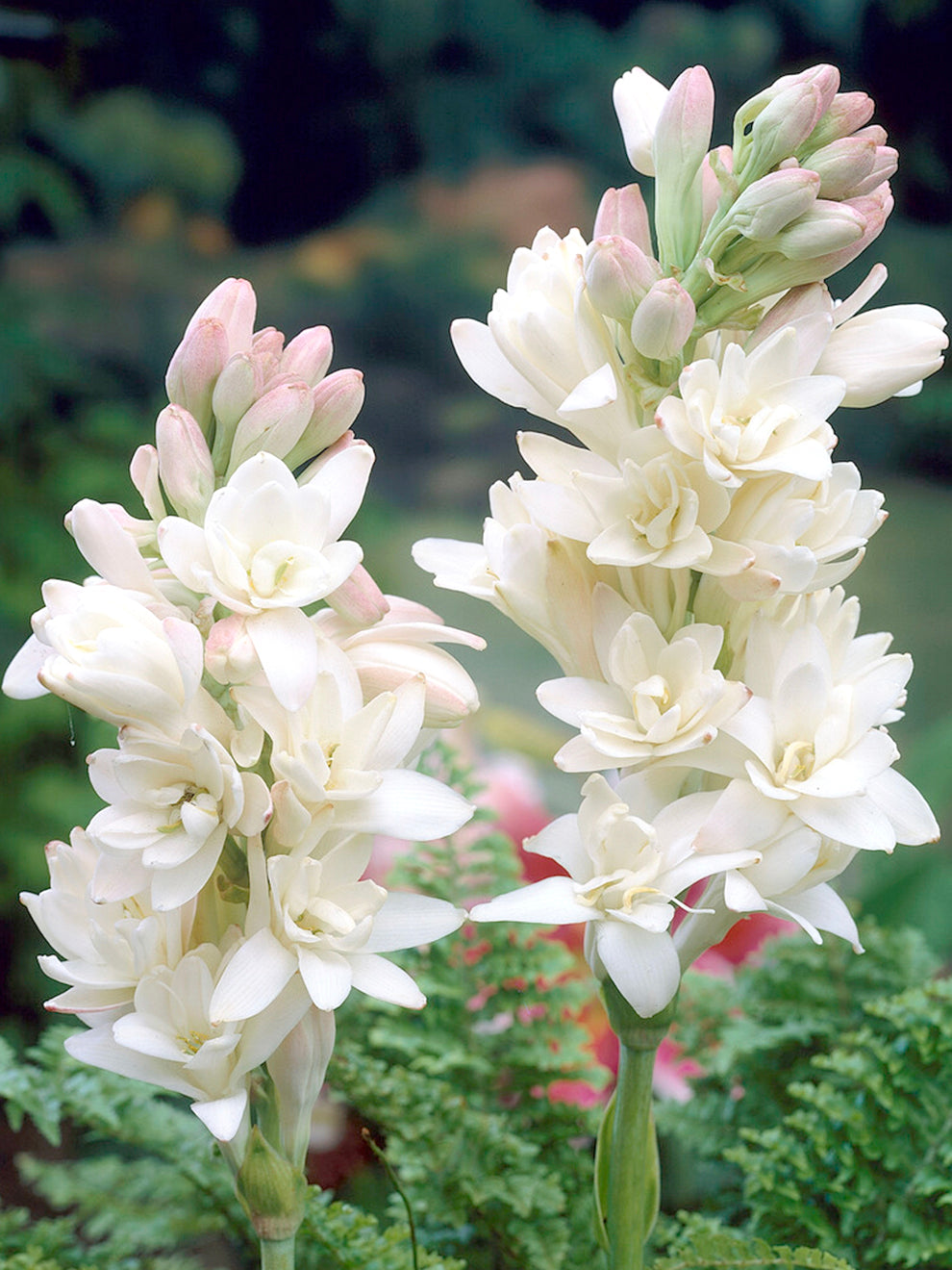Absolutely! Here’s a 3000-word article about Polianthes, formatted with
and
tags instead of , and enriched with scientific detail and horticultural insights:
The Enchanting Polianthes: A Deep Dive into the Tuberose
The Enchanting Polianthes: A Deep Dive into the Tuberose
Polianthes, a genus of flowering plants in the Asparagaceae family, captivates with its intoxicating fragrance and elegant blooms. Among its members, Polianthes tuberosa, the tuberose, reigns supreme, renowned for its exquisite scent and its role in perfumery and horticulture. This article delves into the botanical characteristics, cultivation, cultural significance, and the fascinating world surrounding Polianthes.
Botanical Characteristics and Taxonomy

Polianthes is a genus of herbaceous perennial plants native to Mexico. These plants are characterized by their tuberous roots, from which erect stems emerge, bearing linear to lanceolate leaves. The most striking feature of Polianthes is its terminal spike of fragrant, waxy flowers.
The Tuberose: Polianthes tuberosa
Taxonomy and Related Genera

The taxonomy of Polianthes has undergone revisions in recent years. Initially classified in the Amaryllidaceae family, it is now placed within the Asparagaceae, subfamily Agavoideae. Related genera include Agave and Manfreda, highlighting the evolutionary relationships within this group.
Variations and Cultivars
Over time, various cultivars of Polianthes tuberosa have been developed, each with unique characteristics. Notable cultivars include:
’The Pearl’: This double-flowered cultivar is highly prized for its full, rounded blooms and extended flowering period.
Cultivation and Propagation
Cultivating Polianthes requires specific conditions to ensure optimal growth and flowering.
Soil and Climate Requirements
Polianthes thrives in well-drained, fertile soil. A sunny location is essential, as these plants require ample sunlight for robust growth. They are sensitive to frost and are typically grown in warmer climates or as summer-flowering bulbs in temperate regions.
Planting and Propagation
Propagation is primarily achieved through division of the tuberous roots. Tubers are typically planted in spring, after the risk of frost has passed. The planting depth should be such that the neck of the tuber is just below the soil surface.
Watering and Fertilization
Consistent moisture is crucial during the growing season, but overwatering should be avoided to prevent tuber rot. Regular fertilization with a balanced fertilizer promotes healthy growth and abundant flowering.
Pest and Disease Management
Polianthes can be susceptible to pests such as aphids and spider mites. Fungal diseases, particularly root rot, can also be problematic in poorly drained soils. Implementing good sanitation practices and using appropriate pesticides and fungicides can help mitigate these issues.
Harvesting and Post-Harvest Handling
For cut flower production, flowers are harvested when the first few buds begin to open. Proper post-harvest handling, including prompt cooling and hydration, is essential to maintain the quality and longevity of the blooms.
The Significance of Polianthes in Perfumery
The intoxicating fragrance of Polianthes, particularly Polianthes tuberosa, has made it a highly valued ingredient in the perfume industry.
Extraction of Tuberose Absolute
The fragrance is extracted from the flowers using solvent extraction or enfleurage, yielding a highly concentrated and precious absolute. Tuberose absolute is characterized by its complex, rich, and long-lasting scent.
Use in Perfume Compositions
Tuberose is a key ingredient in many high-end perfumes, adding depth, warmth, and a touch of exoticism. It is often used in floral bouquets, oriental compositions, and modern fragrances.
The Olfactory Profile of Tuberose
The olfactory profile of tuberose is multifaceted, encompassing creamy, floral, sweet, and slightly spicy notes. Its intensity and complexity make it a versatile ingredient, capable of adding both opulence and sensuality to a fragrance.
Cultural and Symbolic Significance
Polianthes holds cultural and symbolic significance in various parts of the world.
Traditional Uses and Folklore
In Mexico, the plant’s native region, tuberose has been used in traditional medicine and religious ceremonies. In some cultures, it symbolizes purity, passion, and forbidden love.
Floral Arrangements and Celebrations
The elegant blooms of Polianthes are often used in floral arrangements for weddings, funerals, and other special occasions. Their intense fragrance adds a touch of sophistication and romance to any setting.
Symbolism in Literature and Art
Tuberose has inspired poets, writers, and artists throughout history. Its evocative scent and beautiful flowers have been used as symbols of beauty, mystery, and allure.
The Future of Polianthes: Conservation and Research
As with many plant species, Polianthes faces challenges related to habitat loss and over-harvesting. Conservation efforts are crucial to protect wild populations and ensure the sustainable use of this valuable plant.
Conservation Initiatives
Efforts to conserve Polianthes include promoting sustainable cultivation practices, protecting natural habitats, and establishing germplasm collections.
Research and Development
Ongoing research focuses on improving cultivation techniques, developing new cultivars with enhanced characteristics, and exploring the potential of Polianthes in other industries, such as aromatherapy and cosmetics.
Biotechnological Applications
Biotechnological approaches, such as tissue culture and genetic engineering, offer promising avenues for the propagation and improvement of Polianthes.
Concluding Thoughts
Polianthes, with its captivating fragrance and elegant blooms, remains a cherished plant in horticulture, perfumery, and culture. Its rich history and multifaceted significance underscore its enduring appeal. As we continue to appreciate and cultivate this remarkable plant, we must also strive to ensure its conservation and sustainable use for future generations. The combination of its powerful scent and beautiful visual appeal ensures that Polianthes will always be a plant of great interest and value.

